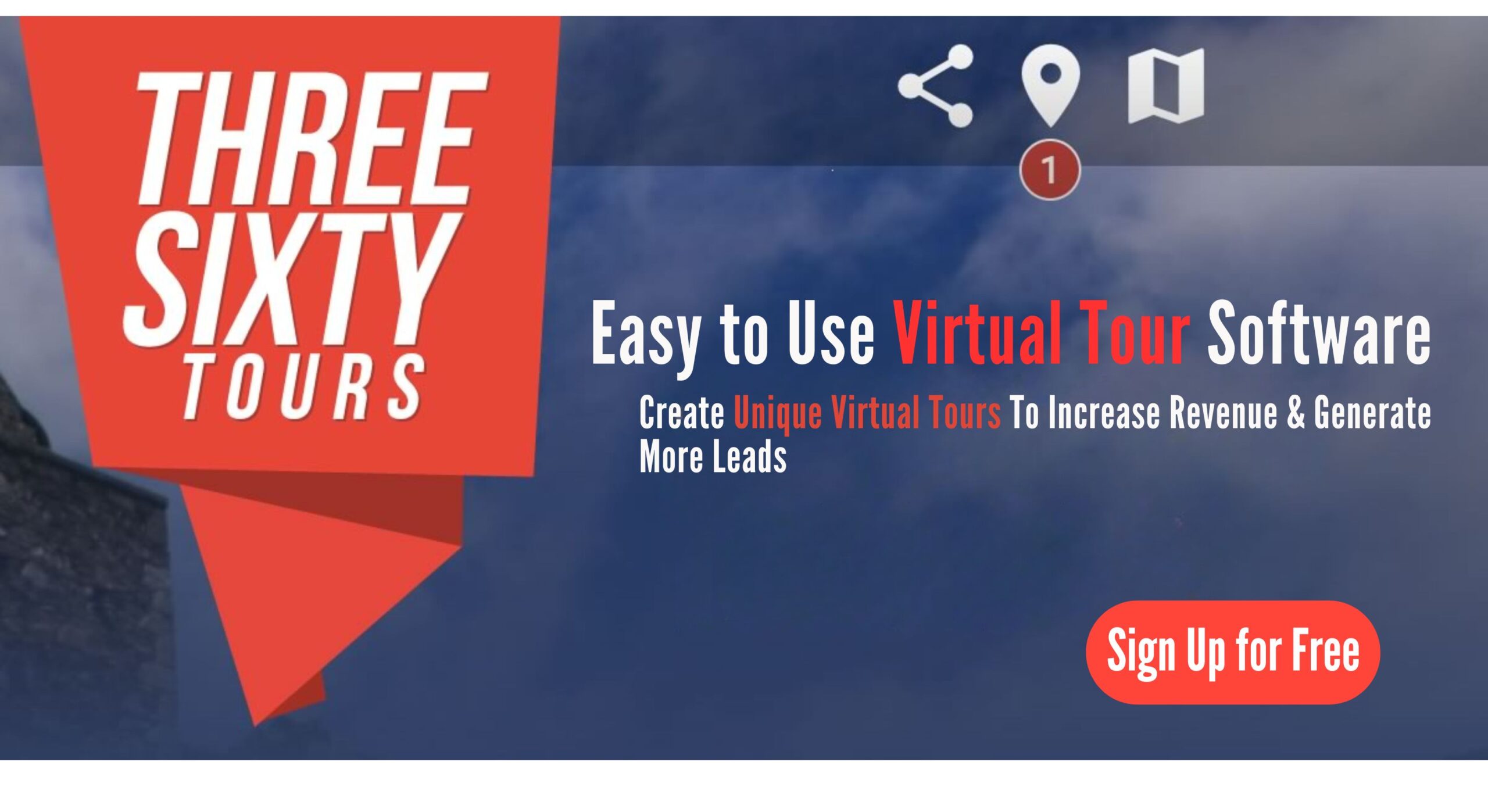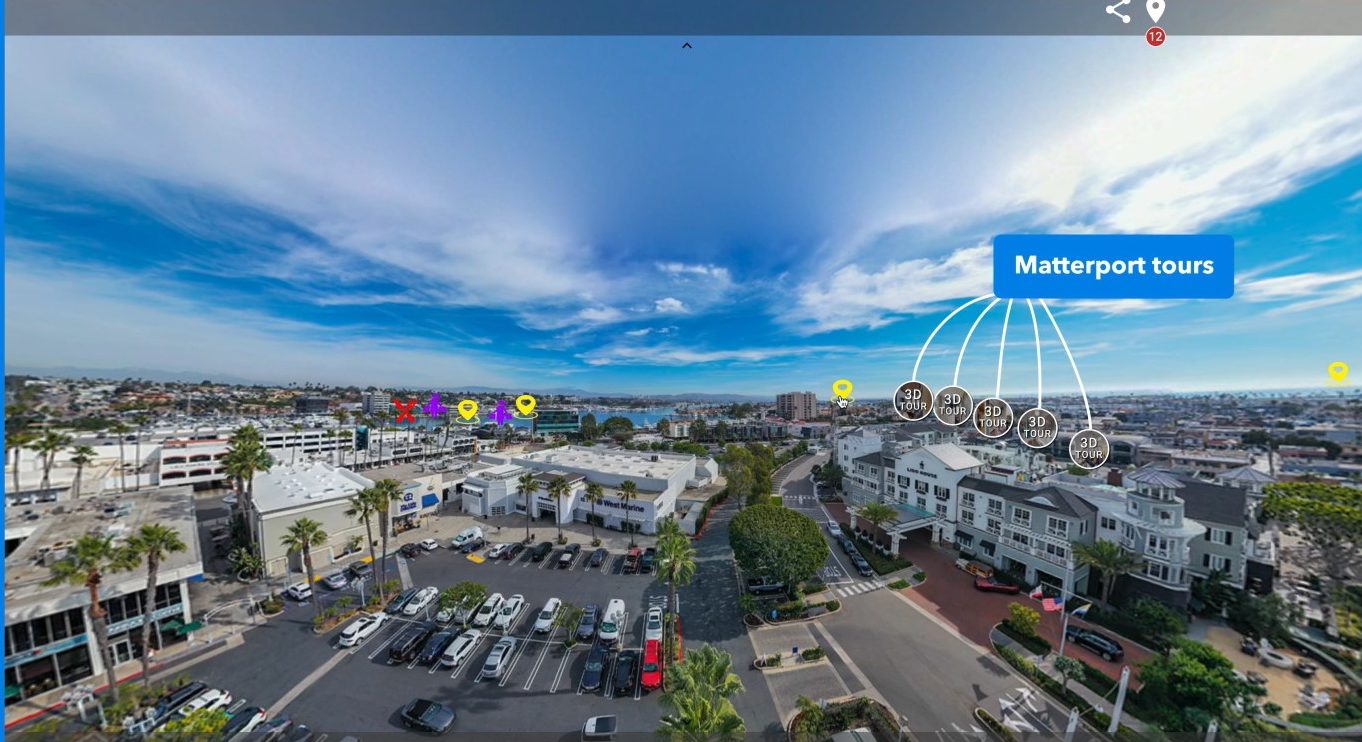3d virtual photography
3D Virtual Photography: A Complete Guide for Photographers and Real Estate Professionals
In an era where digital experiences are rapidly transforming how we interact with the world, 3D virtual photography has emerged as a game-changing innovation. Whether you are a real estate agent wanting to showcase properties in immersive detail or a photographer exploring new creative frontiers, 3D virtual photography opens up a world of possibilities.
This technology doesn’t just capture a moment—it creates an experience. Hosted on www.threesixty.tours, a platform designed to simplify creating and sharing 360-degree virtual tours, this guide breaks down everything you need to know: what 3D virtual photography is, how it works, the tools involved, and how it’s revolutionizing industries like real estate, architecture, and entertainment.
Let’s dive in and explore how you can elevate your visual storytelling with immersive, interactive experiences.
I. Introduction
3D virtual photography is changing the way we capture and experience images. It blends traditional photography with 3D rendering, virtual reality (VR), and augmented reality (AR) technologies. Instead of just viewing a photo, users can interact with it—look around, zoom in, and explore the scene as if they were physically there.
In today’s digital-first world, where online impressions often come before in-person visits, this technology is more relevant than ever. For photographers, it opens new creative doors. For real estate professionals, it offers a powerful tool to attract and engage potential buyers.
This guide is crafted for both photographers and real estate agents. Whether you are just starting or looking to sharpen your skills, we’ll walk you through the essentials—from the core concepts to the tools, applications, and challenges. By the end, you’ll know how to get started with 3D virtual photography and how platforms like www.threesixty.tours can help you bring your vision to life.
II. Understanding 3D Virtual Photography
To make the most of 3D virtual photography, it’s important to understand the tech behind it. Don’t worry—we’ll keep it simple.
A. Key Concepts Made Easy
3D virtual photography lets you create immersive environments that users can explore. It’s like stepping inside a photo.
Here are the three main technologies that make it work:
-
Virtual Reality (VR): This puts users inside a fully digital environment. With a VR headset or even just a phone or computer, they can “walk through” a scene.
-
Augmented Reality (AR): AR adds digital elements to the real world. Think of it as enhancing reality rather than replacing it.
-
3D Rendering: This is the magic that turns 3D models into lifelike images. Software generates realistic lighting, textures, and shadows to create immersive visuals.
B. How It’s Different from Traditional Photography
Traditional photography captures a moment from one angle. It’s beautiful, but static. 3D virtual photography, on the other hand, is dynamic. Viewers can move around, zoom in, and interact with the space.
Here’s a quick comparison:
| Feature | Traditional Photography | 3D Virtual Photography |
|---|---|---|
| Perspective | Single, fixed | Multiple, interactive |
| User Interaction | None | High (click, navigate, zoom) |
| Equipment | DSLR, mirrorless cameras | 360 cameras, VR gear |
| Output | Static images | Immersive experiences |
For photographers, this means learning new tools. For real estate agents, it means offering clients a virtual open house—anytime, anywhere.
III. Tools and Technologies
Creating 3D virtual photography requires both software and hardware. But don’t worry—you don’t need to be a tech wizard to get started.
A. Software You’ll Need
- 3D Modeling Software
-
Blender: A free, open-source tool that lets you build detailed 3D scenes. It’s great for artists and photographers who want full creative control.
-
Autodesk Maya: A professional-grade tool used in film and gaming. It’s powerful, but has a steeper learning curve.
-
SketchUp: A favorite among architects and real estate pros. It’s user-friendly and perfect for modeling interiors and buildings.
- Photo Editing Software
-
Adobe Photoshop: Ideal for fine-tuning textures, adjusting colors, and adding effects.
-
Adobe Lightroom: Great for batch editing and adjusting lighting, contrast, and exposure.
- Virtual Tour Platforms
- www.threesixty.tours: This platform makes it easy to upload 360-degree images, add interactive elements, and share your virtual tour. It’s especially useful for real estate listings and photography portfolios.
B. Hardware Essentials
- Cameras
-
360-Degree Cameras: Cameras like the Ricoh Theta Z1, Insta360 One X2, and GoPro MAX capture full panoramic images. They’re perfect for creating immersive virtual tours.
-
DSLR + Panoramic Head: For higher resolution and more control, some photographers use a DSLR with a panoramic tripod head to stitch together images.
- VR Headsets and Accessories
-
Oculus Quest 2, HTC Vive, and Meta Quest Pro: These headsets let users fully immerse themselves in your virtual environment.
-
Tripods and Stabilizers: These help you capture smooth, consistent images—critical for seamless virtual tours.
With the right gear and software, you’ll be well-equipped to start creating amazing virtual experiences.
IV. Applications of 3D Virtual Photography
This technology isn’t just for tech enthusiasts. It’s being used across industries to solve real-world problems and create new opportunities.
A. Real-World Uses
- Real Estate and Architecture
-
Virtual property tours let buyers explore homes from their phones or laptops. This saves time and attracts more serious leads.
-
Architects use 3D photography to show clients what a building will look like before it’s built. It’s a powerful way to communicate design ideas.
- Gaming and Entertainment
-
Game developers use 3D photography to build lifelike environments.
-
Virtual reality films and interactive media rely on immersive visuals to tell compelling stories.
- Education and Training
-
Virtual classrooms and simulations help students learn in a hands-on way.
-
Industries like healthcare and aviation use 3D environments for safe, realistic training.
B. Creative Opportunities for Artists and Photographers
-
Storytelling: Build entire worlds and guide viewers through an interactive visual journey.
-
Virtual Exhibitions: Host galleries online and reach global audiences without needing a physical space.
-
Commercial Work: Offer branded virtual experiences and product showcases for clients.
If you’re a real estate agent, using a platform like www.threesixty.tours to create virtual tours can boost engagement and help close deals faster. If you’re a photographer, this is your chance to explore a whole new creative medium.
V. Challenges and Considerations
Like any new technology, 3D virtual photography comes with a learning curve. But knowing what to expect can help you navigate it more smoothly.
A. Technical Challenges
- Learning the Tools
-
3D modeling and rendering software can take time to master.
-
Even experienced photographers will need to learn new workflows and techniques.
- Balancing Realism and Creativity
-
It’s tempting to go overboard with effects. But too much editing can make your virtual tour feel fake.
-
Aim for a balance between artistic flair and realistic representation.
- File Size and Load Time
-
High-quality 3D images can be large. This can slow down your website if not optimized properly.
-
Compress files and use fast-loading platforms like www.threesixty.tours to ensure a smooth experience.
B. Ethical Considerations
- Copyright and Licensing
-
Always use original or properly licensed models and textures. Avoid using third-party assets without permission.
-
Sites like TurboSquid and Sketchfab offer licensed 3D assets that you can safely use.
- Honest Representation
-
In real estate, it’s important to show properties as they truly are.
-
Enhancing lighting is fine—but don’t mislead buyers with unrealistic edits. Trust is key.
VI. Conclusion
3D virtual photography is more than a trend—it’s a powerful tool that’s reshaping how we tell stories, market properties, and create art.
A. Recap
-
It combines photography with VR, AR, and 3D rendering to create interactive experiences.
-
It requires specialized tools, but they’re more accessible than ever.
-
It’s being used in real estate, education, gaming, and the arts.
-
While there are challenges, the benefits far outweigh them.
B. What’s Next?
As technology advances, expect to see even more realistic and accessible tools. AI-driven rendering, real-time collaboration, and cloud-based platforms will make 3D virtual photography even easier and more powerful.
For example, tools like NVIDIA Omniverse are already pushing the boundaries of real-time 3D collaboration and rendering. You can explore more about that here: https://developer.nvidia.com/nvidia-omniverse-platform
C. Ready to Start?
If you’re a photographer looking to expand your creative toolkit or a real estate agent ready to offer next-level property tours, now’s the perfect time to get started.
Sign up for a free trial at www.threesixty.tours and start building your first virtual tour today. The future of visual storytelling is immersive—and it’s waiting for you.
Explore the possibilities with www.threesixty.tours and bring your 3D virtual photography to life.


